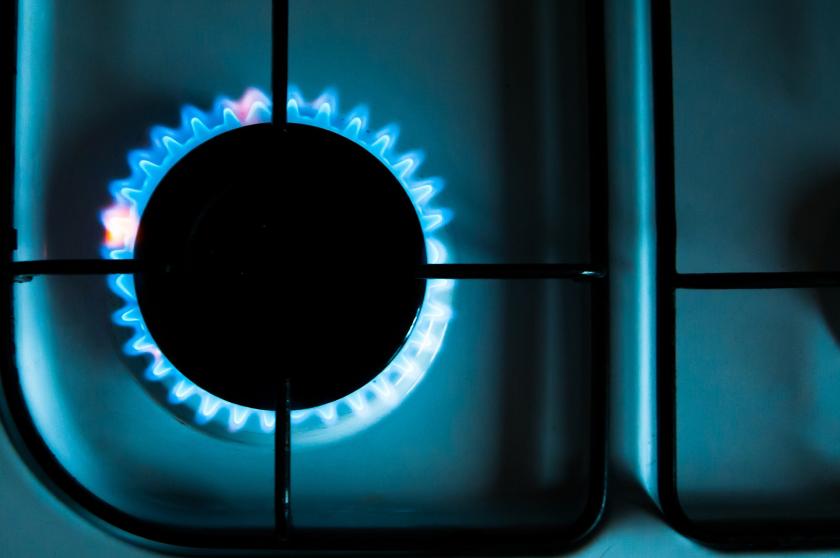
13.03.2023
The German Association Initiative Energien Speichern e.V. (INES) has published a March update of its own gas scenarios for Germany. The scenarios examine the gas supply in Germany for the remainder of winter 2022/2023 and the refilling of storage facilities before winter 2023/2024. In addition, the plans of the Federal Ministry of Economics and Climate Action (BMWK) regarding LNG terminal capacities in Germany were considered based on INES' own modeling.
The gas storage facilities in Germany are expected to have above-average filling levels at the end of winter 2022/2023. The March update of the INES scenarios shows that a moderate LNG import volume is sufficient to completely refill the gas storage facilities in Germany before winter 2023/2024. To secure the refill, INES continues to recommend further development of gas option tendering and its use before Trading Hub Europe’s own refilling to ensure secure and cost-effective attainment of the filling level requirements.
Based on an LNG terminal scenario modeled by INES, it can be concluded that LNG terminal capacities in Germany can secure gas supply at the European level. However, successful implementation of the energy transition according to the BMWK long-term scenarios will likely result in overcapacities with the ministry's current LNG plans.
Another result of the INES analysis is that LNG terminals in the European Union are used seasonally. Therefore, it should be examined to what extent the development of gas storage facilities can reduce the expansion needs. According to the BMWK long-term scenarios for the implementation of the energy transition, significant new construction of hydrogen storage facilities is required. The development of storage facilities thus not only avoids overcapacities at LNG terminals, but also contributes to the achievement of climate goals.
INES Managing Director Sebastian Bleschke comments: "Against the backdrop of the current gas supply situation, the plans of the Federal Ministry of Economics for LNG terminals in Germany are understandable. However, with a view to the energy transition, overcapacities are likely to be created. In view of the seasonal use of LNG terminals in the EU, it should be examined whether further gas storage facilities can resolve this target conflict. Significant new construction of hydrogen storage facilities will be necessary for hydrogen storage in any case."
BACKGROUND ON INES GAS SCENARIOS:
The Initiative Energien Speichern e.V. (INES) continuously models the European gas markets to assess gas supply security. Based on this and taking into account the storage levels as of March 1, 2023, three scenarios were considered for gas supply in Germany in the winter of 2022/2023 and for the subsequent refilling of gas storage before the winter of 2023/2024:
The INES scenarios were first published on November 18, 2022, based on data until the end of October 2022. Since then, INES has been publishing monthly updates that consider the data until the end of the previous month.
With the next update to the INES gas scenarios on April 19, 2023, the winter of 2023/2024 will also be included in the analysis for the first time.
A detailed explanation of the scenarios and results can be found in the presentation slides for the press conference, as well as in the documentation for the presentation. In addition, all press conferences have been recorded and can be viewed anytime on the INES YouTube channel.
FURTHER INFORMATION: